White mold may not be as well-known as black mold, but it is just as dangerous and should not be ignored. Often mistaken for other types of mold due to its color, white mold can grow on various building materials and pose potential structural integrity issues. In this article, we will outline the best ways to identify white mold in your home and safely remove it.
What is White Mold?
White mold is a type of fungus that thrives in moist environments with high humidity. It can grow on a variety of building materials, including hard surfaces like concrete and wood. The color of white mold can be misleading, making it difficult to detect. It can grow on plants, fabric, food, and other organic materials, making it a threat not only to your health but also to the structural safety of your home.
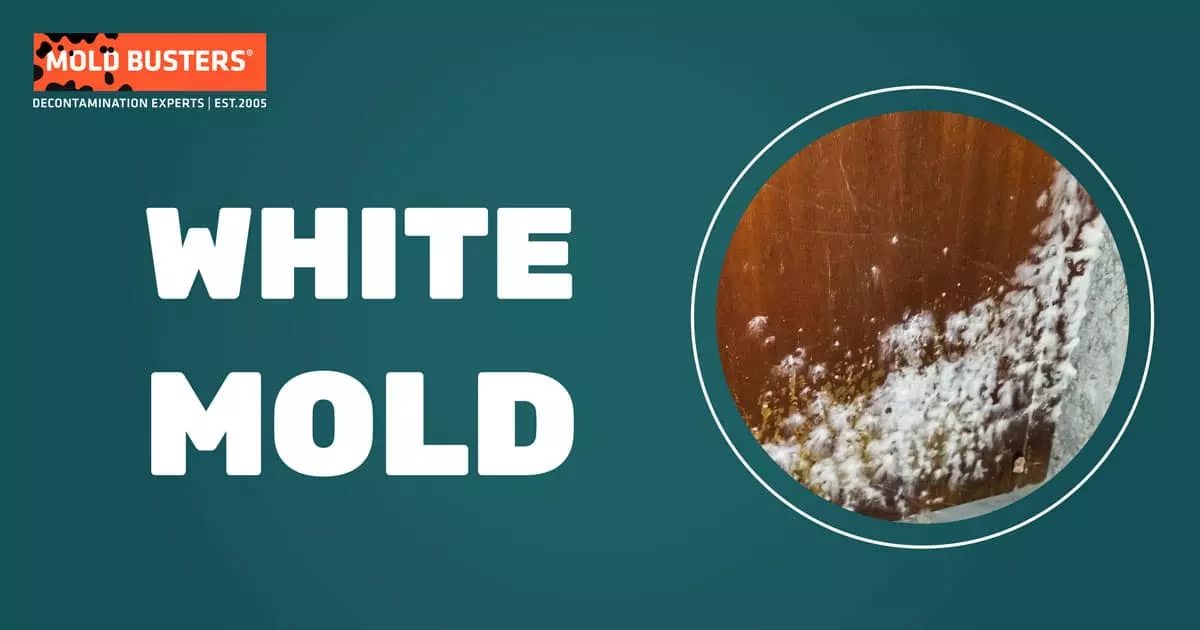 Caption: White mold on a surface
Caption: White mold on a surface
What does White Mold look like?
White molds can initially be hard to detect since the spores are tiny and can only be seen under a microscope. Once colonies form, white molds appear as spots on a surface. They can have a flaky, powdery, stringy, or filmy appearance. At first glance, white molds can resemble mildew, which is the early stage of mold growth. However, white mold can grow not just on surfaces but also deep within organic materials.
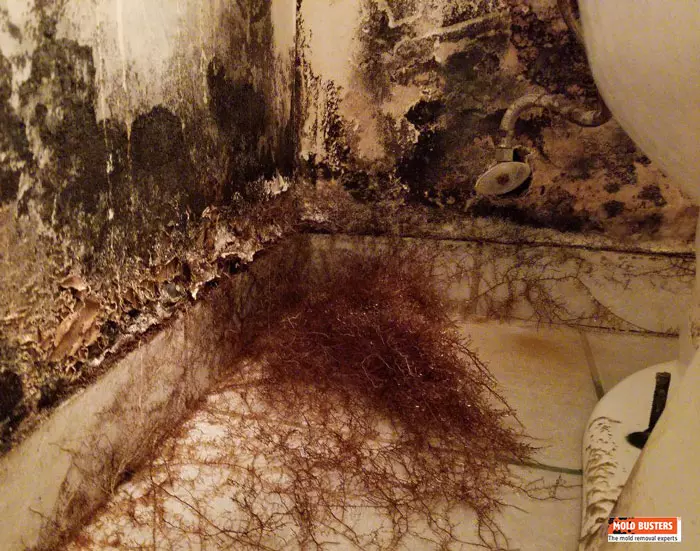 Caption: White mold on a door
Caption: White mold on a door
White Mold Growth
White mold growth is a common issue in homes and buildings, often going unnoticed until it becomes a significant problem. It thrives in environments with high humidity and excess moisture, making areas like basements, bathrooms, and kitchens prime locations for growth. Poor air circulation and persistent moisture problems contribute to the growth of white mold.
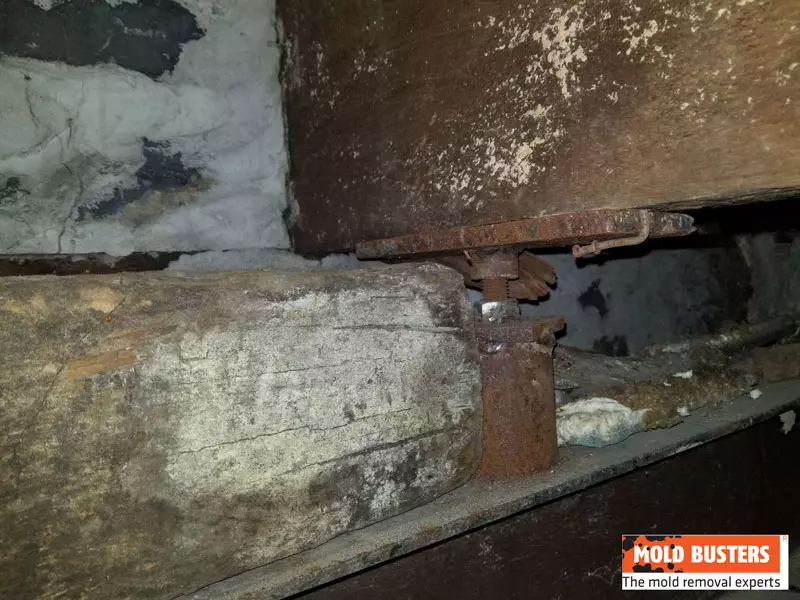 Caption: White mold growth on a joist
Caption: White mold growth on a joist
Where can you find White Mold in your house?
White mold can grow practically anywhere in your home as long as there is moisture, a food source, and the right temperature. Some common places where white mold is often found include basements, attics, crawl spaces, carpets, wood, plants, and even in cars.
Here are the seven most common places where white mold is often found:
1. Basements:
Basements tend to be cooler and more prone to moisture, making them a breeding ground for mold.
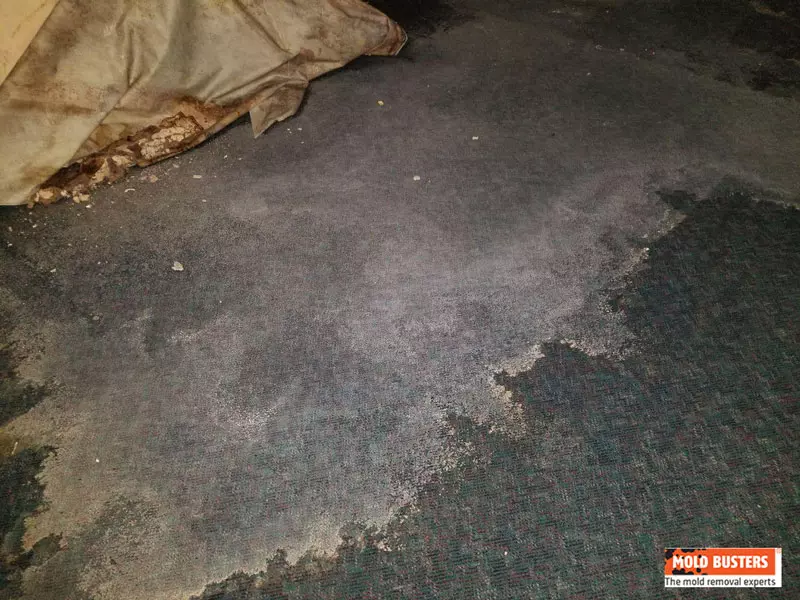
2. Attics:
Roof leaks, condensation, and leaky pipes can create a suitable environment for mold growth in attics.

3. Crawl Spaces:
Poor ventilation and moisture from leaking pipes or high humidity can lead to mold growth in crawl spaces.
4. Carpets:
Wet carpets are an ideal breeding ground for mold, especially in areas prone to spills and high humidity.

5. Wood:
White mold loves to grow on wooden surfaces, including hardwood floors, furniture, and structural components of your home.
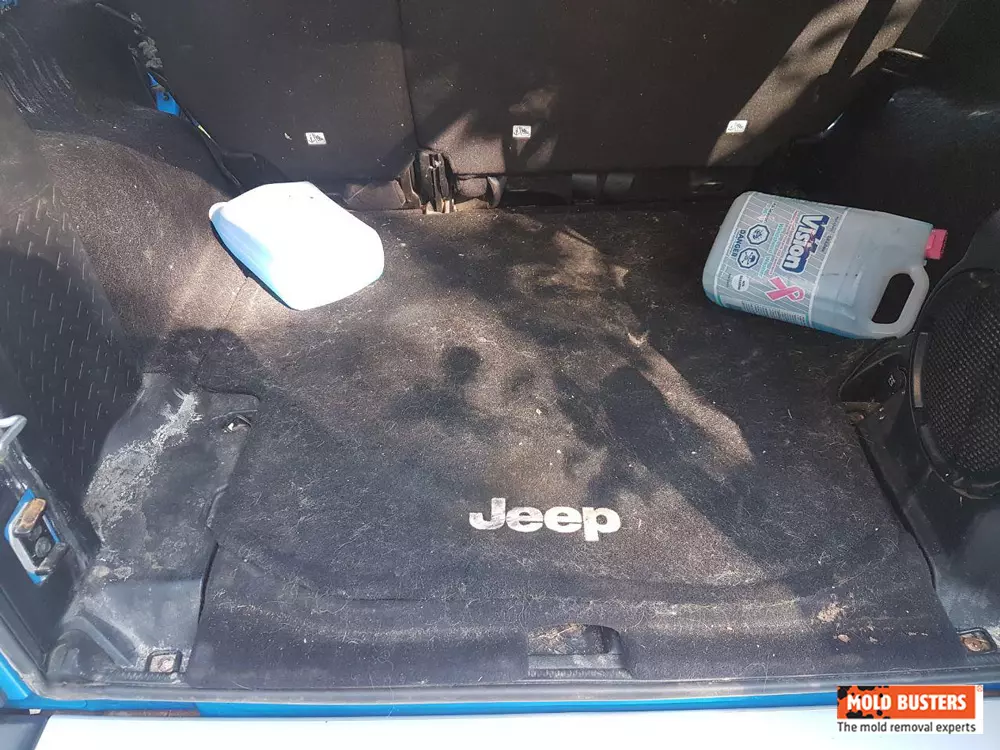
6. Plants and Plant Soil:
White mold can also grow on plants and in plant soil, causing damage to both indoor and outdoor vegetation.
7. Cars:
Moisture can easily make its way into cars, leading to mold growth on upholstery, carpets, and even in the car's air conditioning system.

Is White Mold Dangerous?
White mold, like other types of mold, can cause health issues. Inhalation of white mold spores can lead to mold-induced asthma, allergic fungal sinusitis, allergic reactions, and respiratory problems. It's essential to address white mold growth promptly and seek professional help to remove it safely and effectively.
How to Remove White Mold?
Removing white mold can be challenging and dangerous, especially if it has spread or is growing on porous materials. It's best to seek the help of certified mold removal professionals who have the expertise and equipment to handle the job safely. DIY mold removal puts you at risk of spreading the contamination and exposing yourself to toxic mold spores.
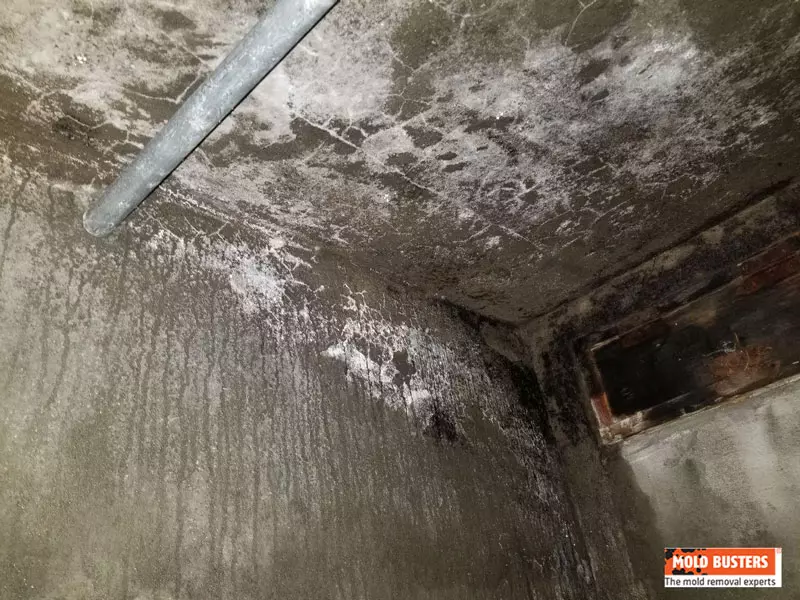 Caption: White mold on drywall
Caption: White mold on drywall
Conclusion
White mold may be difficult to detect and remove, but it is not something to be ignored. It poses health and structural risks to your home. It is crucial to identify white mold correctly and take the necessary steps to eliminate it. Calling a reputable mold remediation company is always recommended to ensure safe and effective removal.












